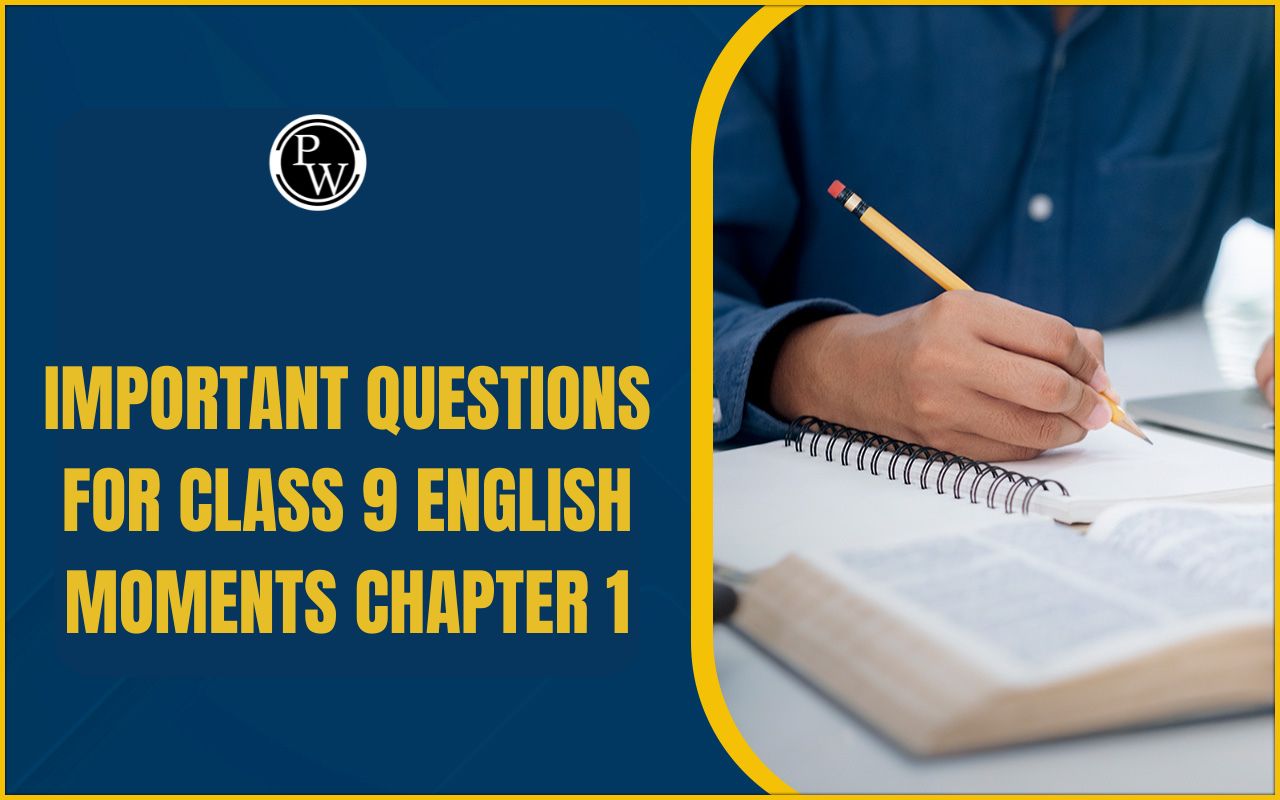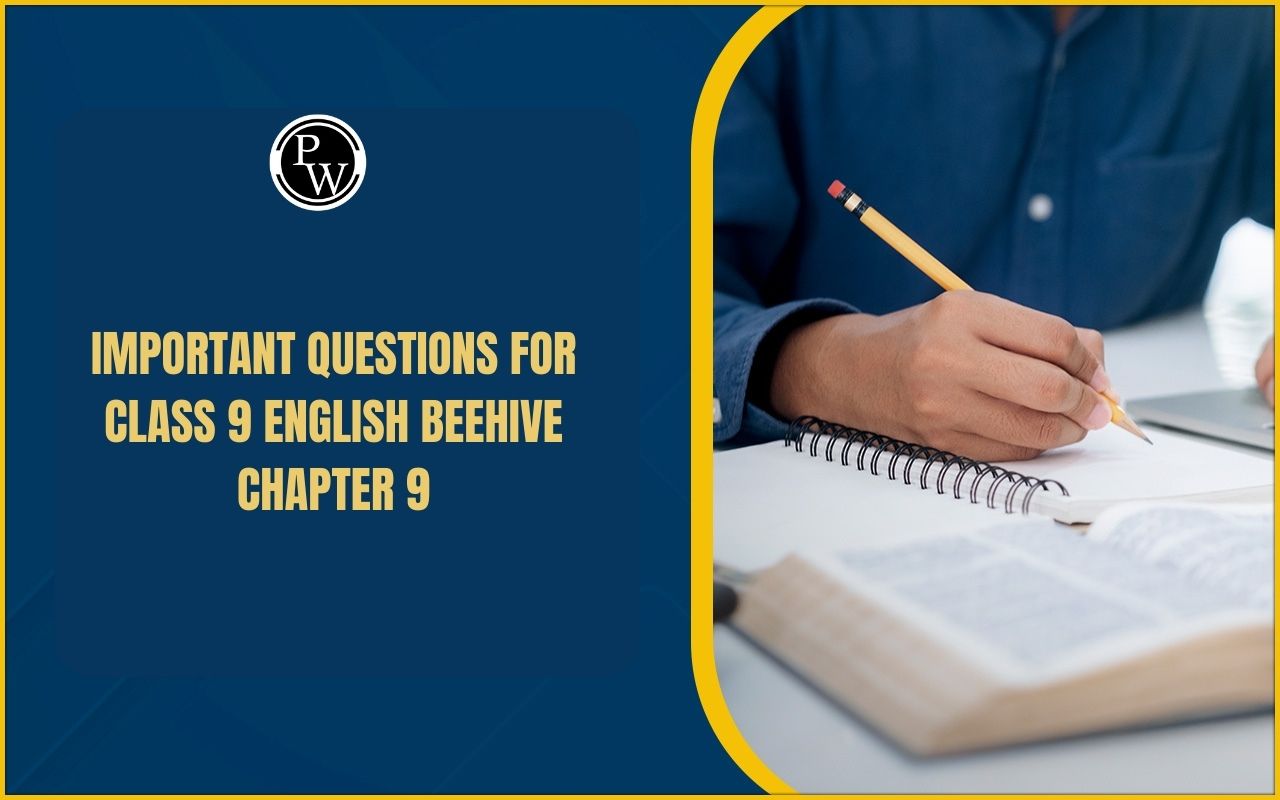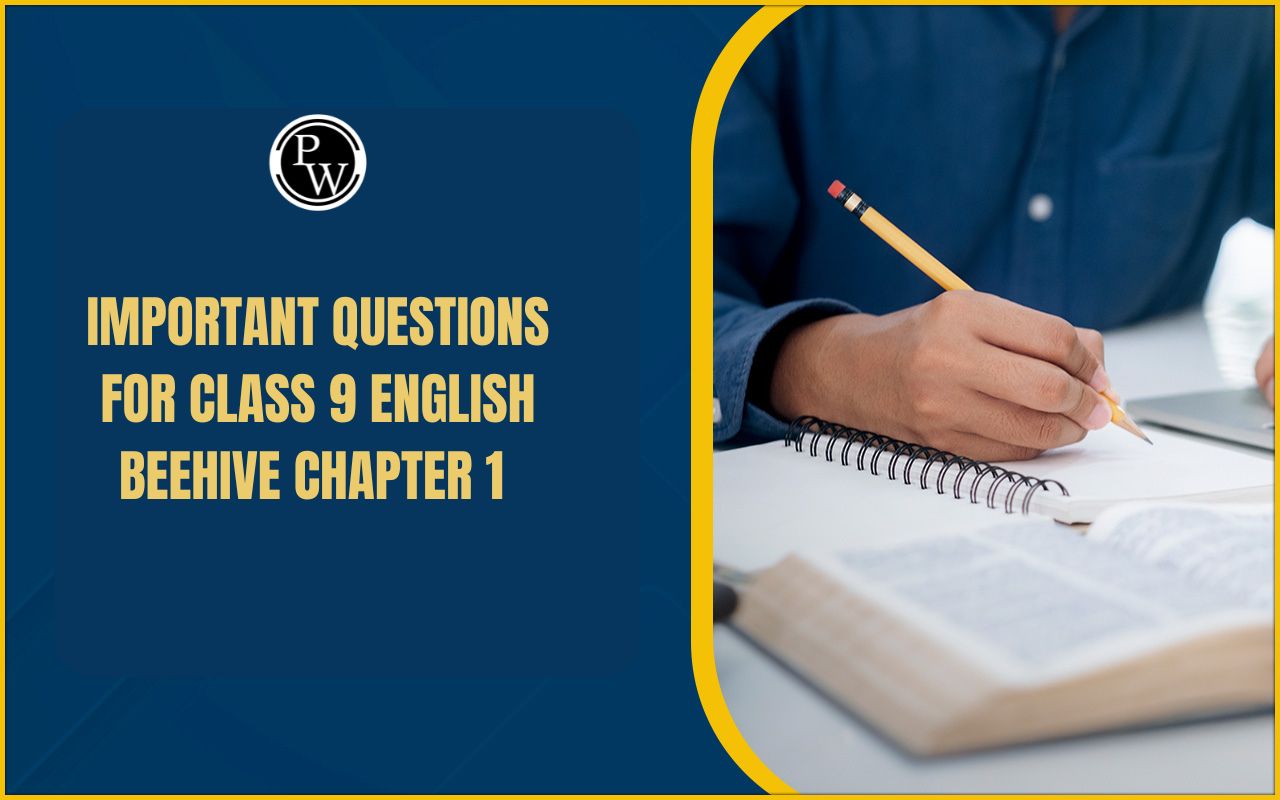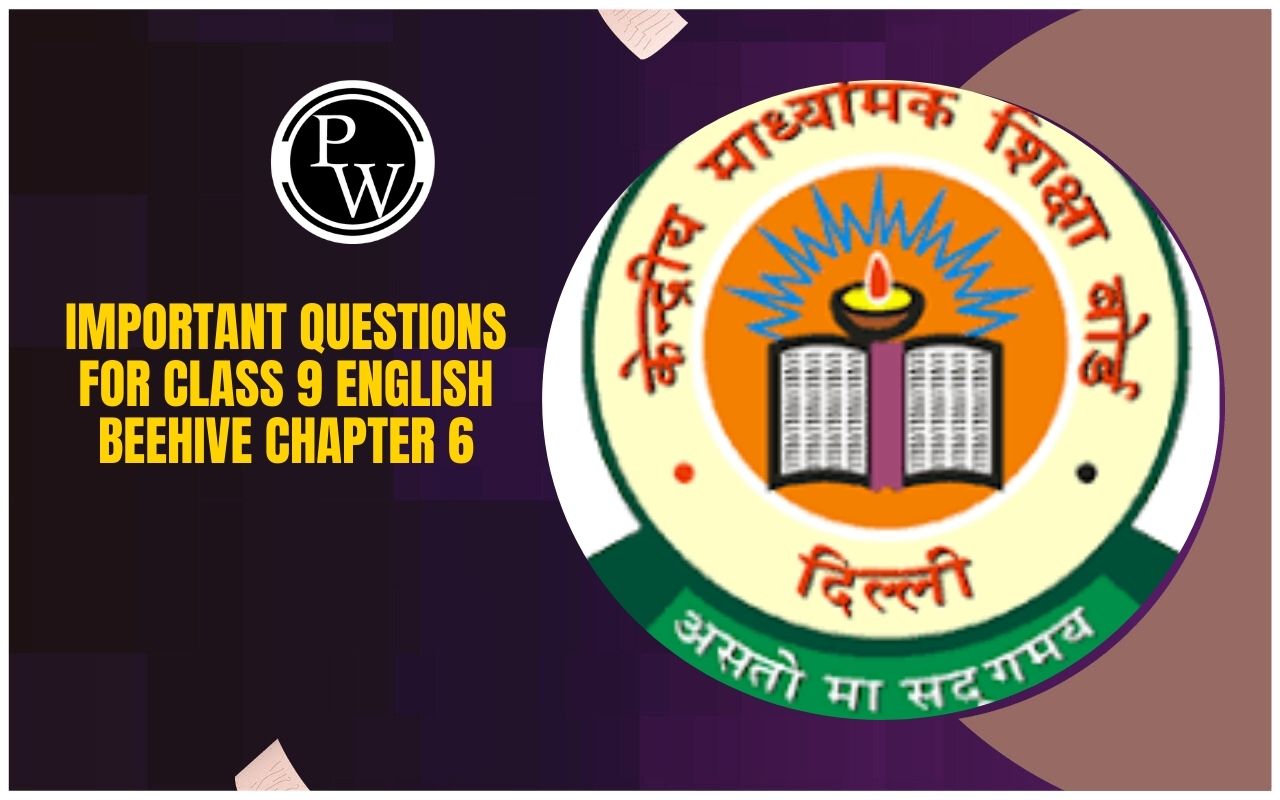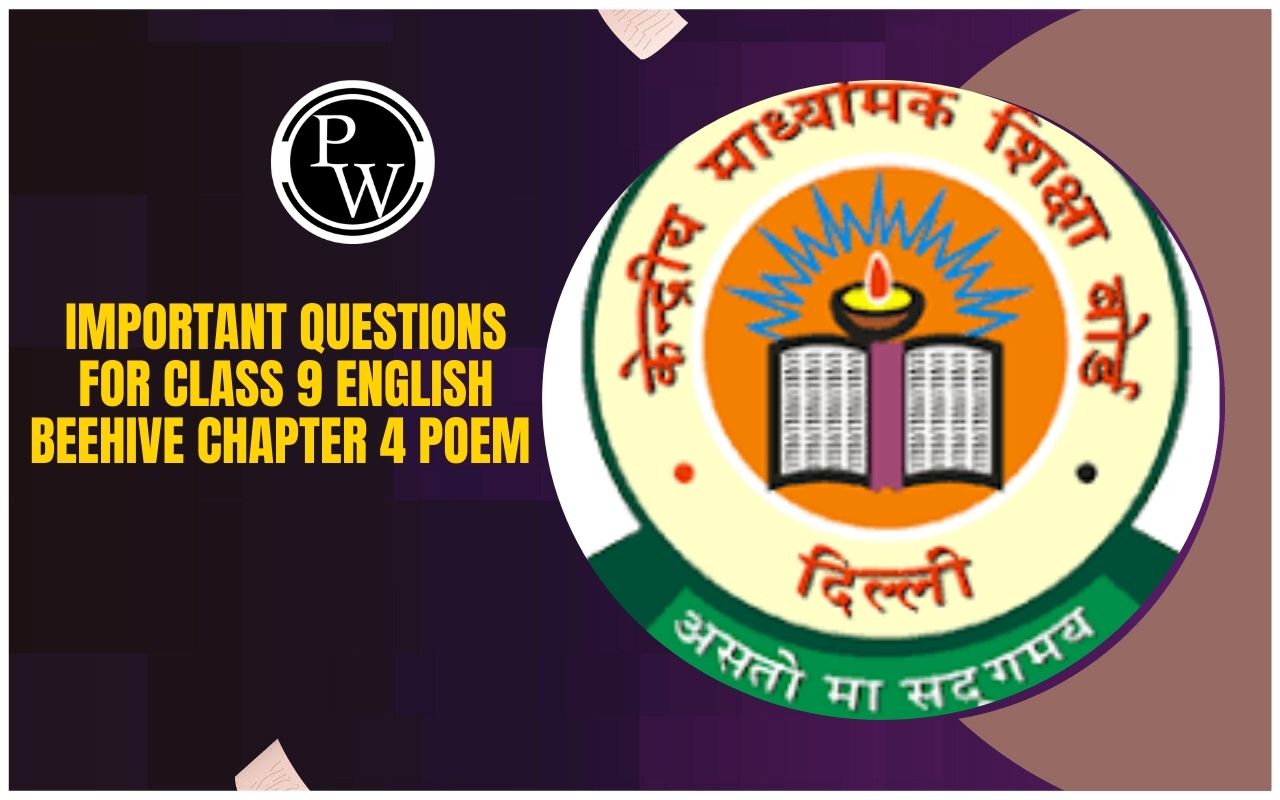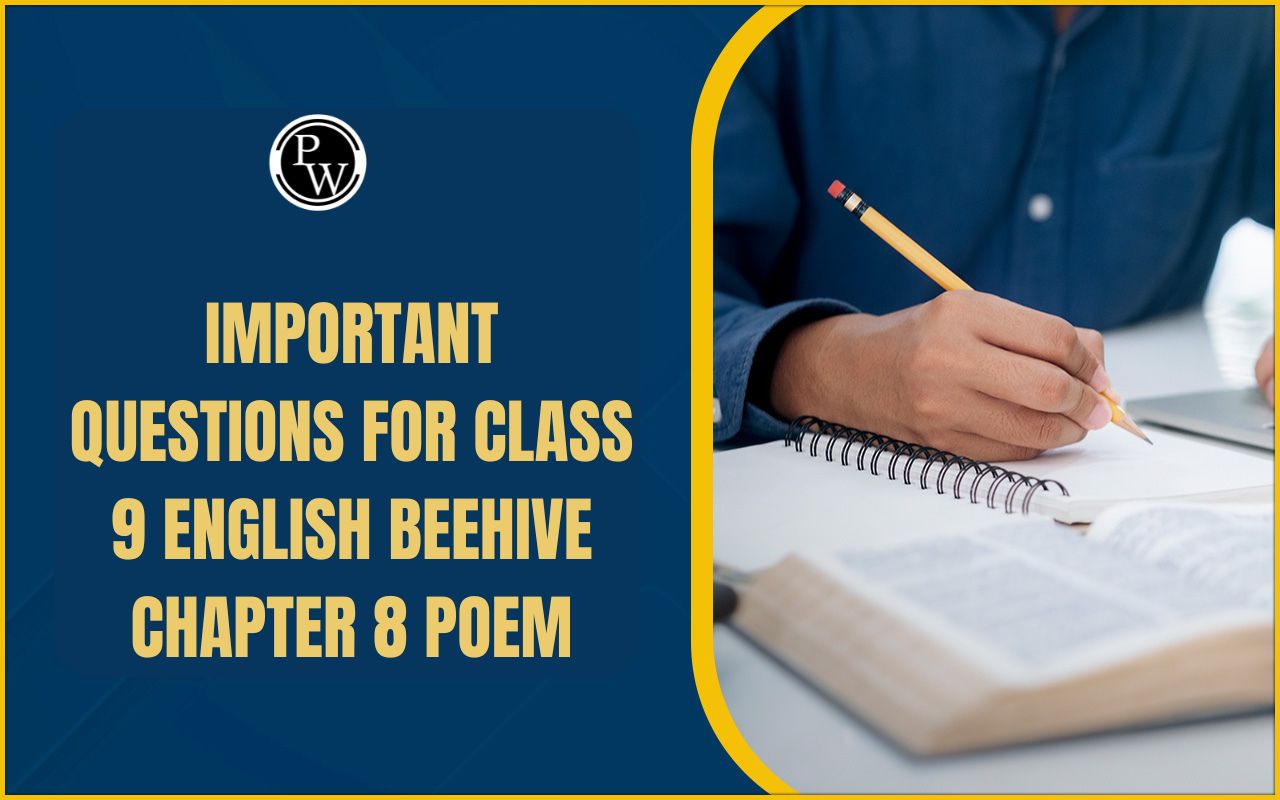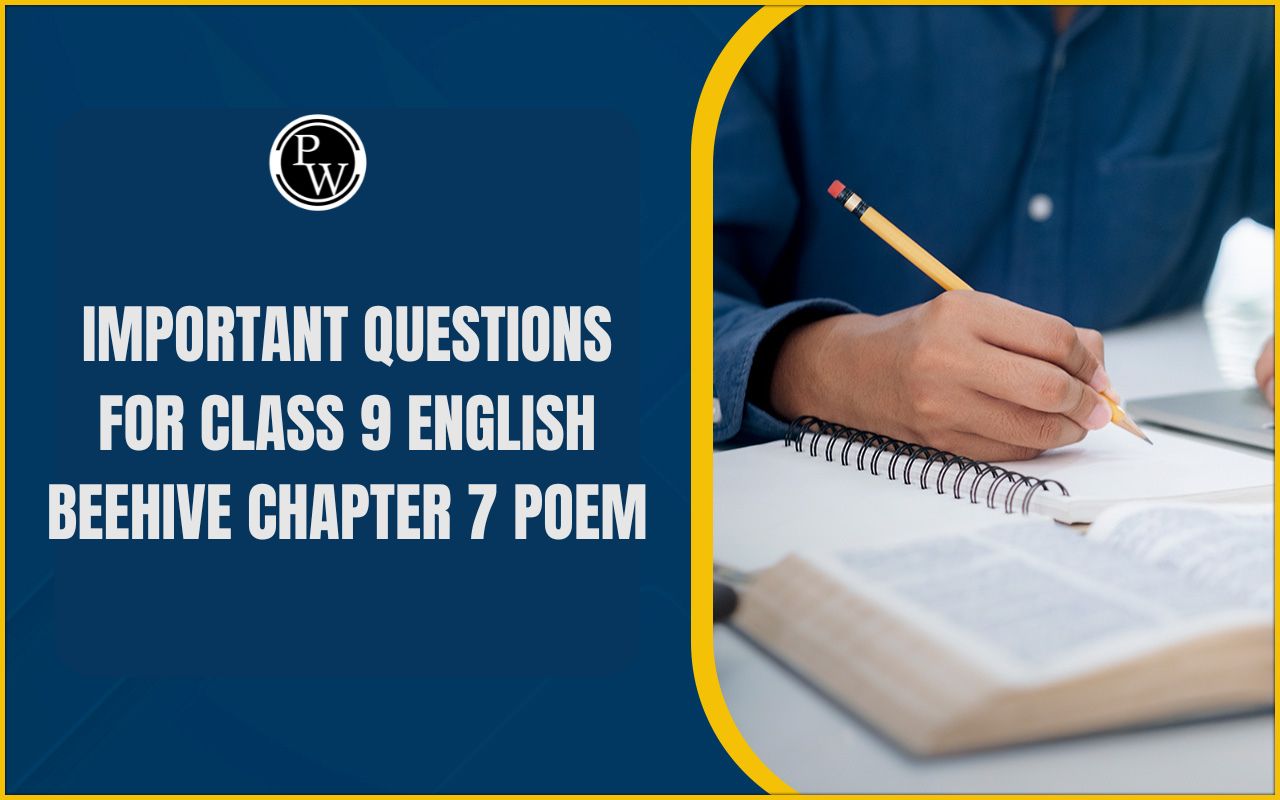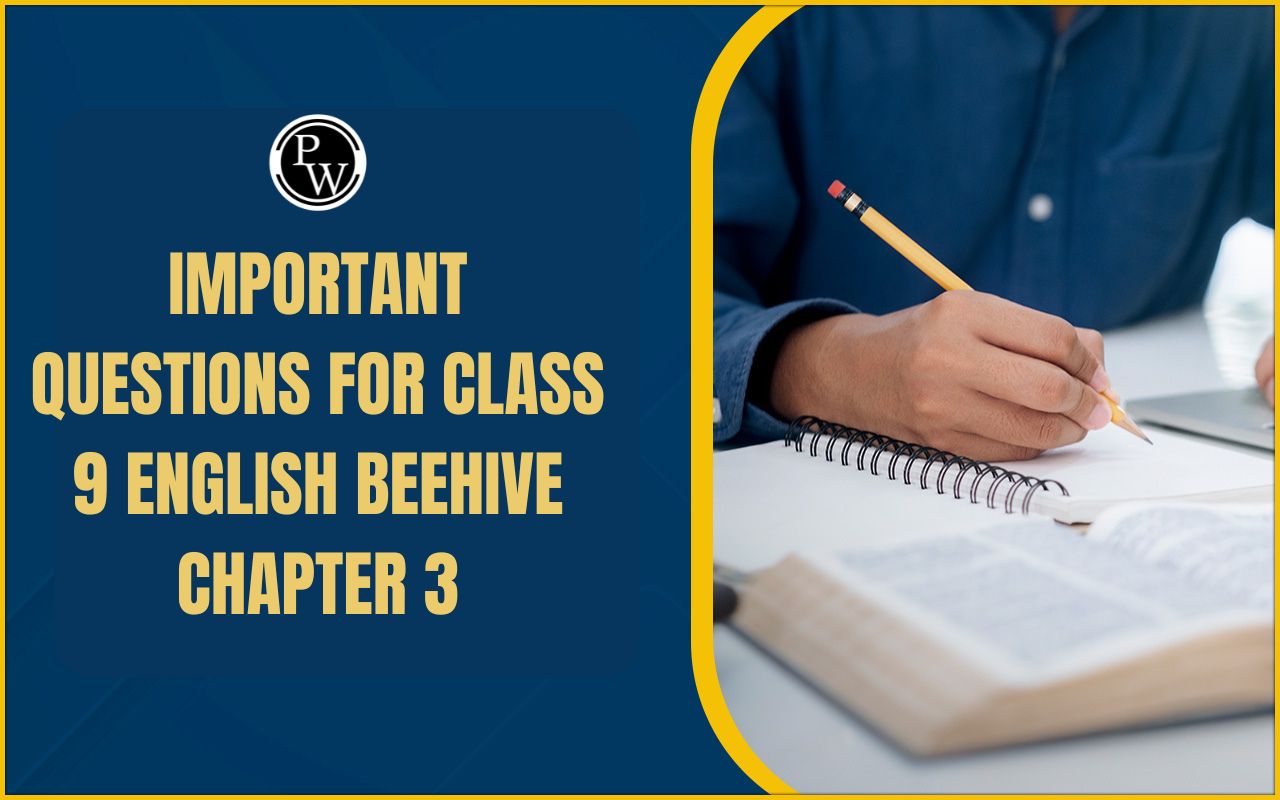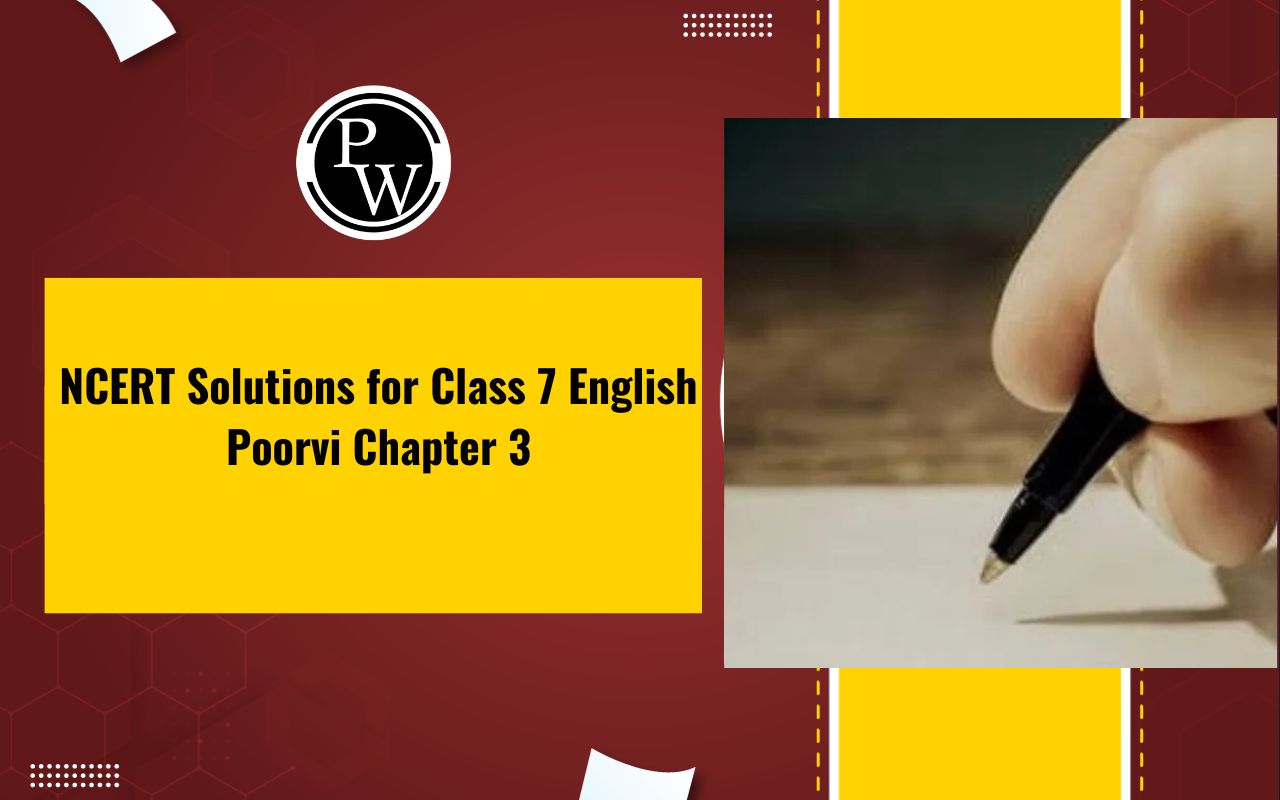
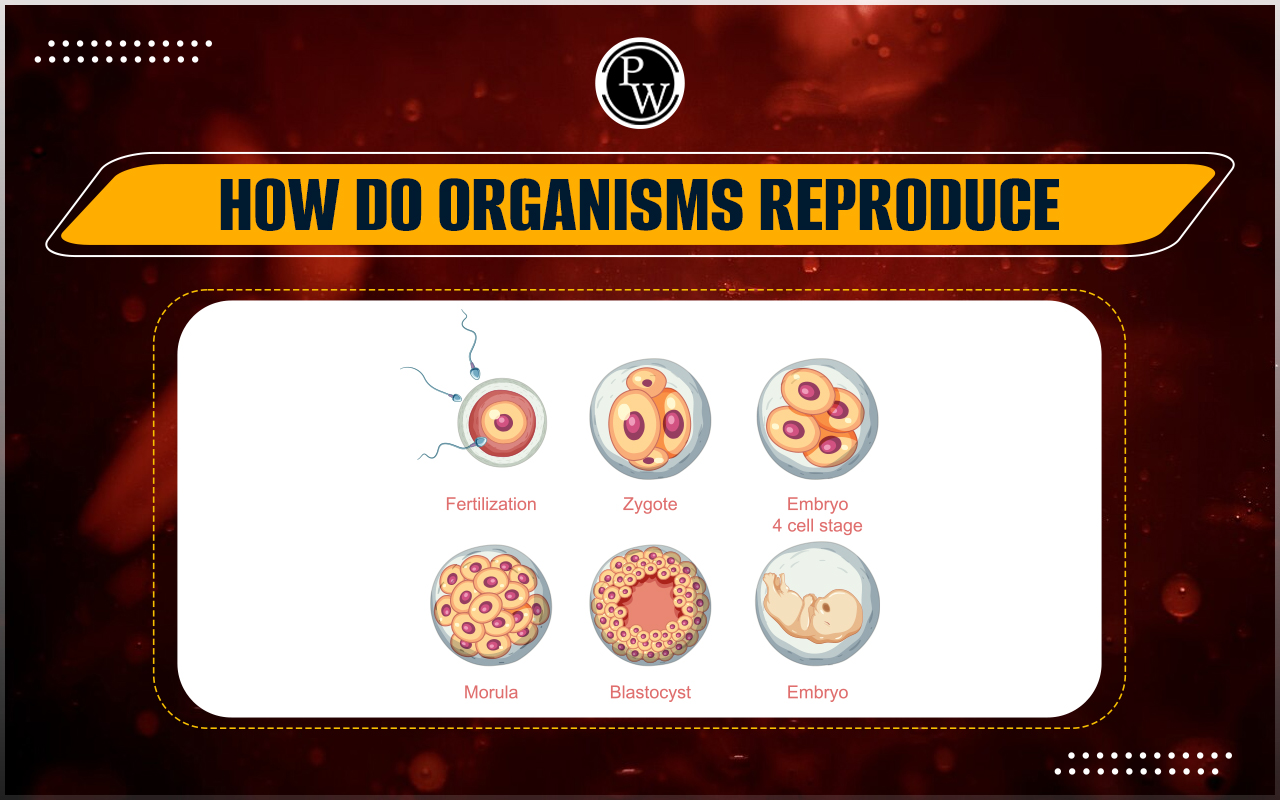
If you want to know how organisms reproduce, you are at the right place.
In this article, you will learn interesting facts about the types of reproduction and their details. You will learn about the different modes of reproduction and how the process occurs in different organisms. We will start by briefly defining the term reproduction and the different types in each mode. This article provides a brief overview of the reproduction mechanisms that organisms use to reproduce and multiply. If you need more time to read all the information, read the introduction and frequently asked questions.Introduction
Reproduction is a biological process in which offspring are produced similarly to their parents. There are two basic modes of reproduction found in nature. These are asexual reproduction and sexual reproduction. Asexual reproduction is a process that produces young ones only through a single parent. It does not involve the fusion of two different gametes. Asexual reproduction produces offspring that are genetically and physically similar. Organisms reproducing asexually are hydra, volvox, etc. However, sexual reproduction is a process that involves the fusion of two gametes. The organism produced has a combination of genetic information from both parents and thus is genetically unique. The organisms reproducing sexually are humans, sea turtles, cats, etc. The significance of reproduction is to have a continuity of life forms. Organisms reproduce by passing on genes and continuing the chain of life. Therefore, it is essential for the existence of life on earth.Modes of Reproduction
Different organisms have adapted to reproduce in different ways. There are two modes of reproduction through which organisms multiply and reproduce in numbers. The two modes of reproduction involveAsexual reproduction-
It involves only one parent to produce offspring. The offspring produced is a clone that is genetically and physically similar to that of its parent. The different types of asexual reproduction consist of binary fission, budding, fragmentation, vegetative probation, etc.Sexual Reproduction–
It involves two parents and gametes from each parent combining to form a unique offspring. The gametes are formed through meiosis, decreasing the chromosome number to half forming haploid gametes. Variations occur due to sexual reproduction.Asexual Reproduction
The key features of asexual reproduction are-- One parent is involved
- Gametes are not formed
- There is no fusion of gametes
- Offspring are identical to their parents.
- It requires favourable conditions to occur.
- It is a quicker method to reproduce.
Binary Fission-
It usually occurs in unicellular organisms like bacteria, amoeba, protozoa, etc. The process occurs under favourable conditions and involves cell division. At first, the nucleus is divided within the cell, and then the cytoplasm starts dividing to form two daughter cells. The organism splits and grows into two. Based on the plane of fission, they are divided into three types:- Irregular binary fission- Cell division in this type occurs in any plane. The division is irregular as in amoeba.
- Transverse binary fission- The organisms like paramoecium exhibit this division where the cell divides along a transverse plane.
- Longitudinal binary fission- Organisms like euglena exhibits this type of division where the cell divides longitudinally.
Multiple Fission:
The process involving the division of one cell into many cells is called multiple fission. It is commonly seen in the malarial parasite Plasmodium. Under unfavourable conditions, the parent cell is seen developing a hard wall covering it to form a cyst . Inside that resistant wall or cyst, the cytoplasmic division occurs multiple times, and numerous plasmodia are formed. When favourable conditions arise, the cysts break and are released.Budding:
It is a common type of asexual reproduction found in hydra, corals, and yeast. The parent organism forms a small outgrowth or protrusion on its body due to cell division at a specific site. The outgrowth grows and eventually separates from the parent body as a new individual. The new organism is capable of independent existence. Sometimes under highly favourable conditions, a chain of buds is formed.Fragmentation:
It commonly occurs in multicellular organisms having a relatively simple body organisation, such as Spirogyra. Spirogyra is known as filamentous algae. When it breaks, it forms smaller pieces or fragments capable of forming new individuals. Many sea animals reproduce through this method like sea stars, Porifera, annelid worms, etc.Regeneration:
It is a unique type of reproduction to develop lost parts. The fully grown organism is capable of starting or regenerating its specific body parts. Regeneration takes place through mitosis. Lizards have the regeneration capacity to grow their tails. Some organisms like Planaria have high regeneration capacity, and thus they can develop into new individuals through this process.Spore Formation:
It is seen in multicellular organisms that have certain parts with tiny thread-like structures with a blob called sporangia. The thread-like structures are called hyphae. The hyphae have sporangia in which spores are produced. These spores are asexually reproducing parts with a thick covering on them. Spores are generally produced under unfavourable conditions to cope with extreme stress. The spores upon reaching the favourable site can develop and grow into a new individual. This is seen in Rhizopus, a fungus.Vegetative Propagation:
It is an asexual method of reproduction in plants where they reproduce through the vegetative parts of the plants. A new plant can develop from any part like leaves, stem, roots, etc. the various kinds of vegetative reproduction are-Stem cutting-
Here the stem is cut into smaller fragments with internodes and axillary buds and then rooted into the soil for them to grow into new individuals. For example, sugarcane, drumstick, etc.Layering-
Under this practice the young stem is tilted and buried in the soil. This stem develops roots in the soil forming a new plant. When the plant becomes stable, it is cut from the parent plant to grow individually. For example, jasmine, and bougainvillaea.Grafting-
Here the stem from two plants is taken and attached. The stems start growing as a moiety and develop into a new plant. Examples are nutmeg, roses, etc.Leaves buds-
Here the leaves of a plant develop small buds in their notches. These small buds form new plants. Examples include bryophyllum. Vegetative Propagation is an important method of reproduction as plants can bear flowers and fruits earlier. Plants that cannot produce seeds can reproduce by this method. Seedless varieties can be formed, and plants are genetically similar to their parents.Tissue Culture:
An important modern-day technique where new plants are formed by placing cells or tissue into a nutrient medium under laboratory conditions. The cells can further produce new masses of cells termed callus . This forms new plants by placing them under another nutrient medium.Sexual Reproduction:
The type of reproduction in which two parents produce two different gametes (male and female gametes). The male gamete fusion with the female gamete is called fertilisation, producing a zygote. The zygote develops into an embryo and a new organism is formed. Sexual reproduction is an essential form of reproduction because it involves the genetic composition of two different parents and this brings variation and diversity. A new combination of genes is also developed through this mode which helps the individual survive and adapt to new conditions. It also helps in the origin of new species. The sexual reproduction process in plants and humans can be summarised as follows:In Plants-
Flowering plants or angiosperms produce male and female gametes. Pollen grains are the male gametes that are transferred to the female receptor of the flower. They are transferred from the anther to the stigma of a flower through a medium. The pollen grain reaches the stigma, and style and enters the ovary where it fuses with the egg cell inside the ovule. This is termed fertilisation, and the zygote is developed into an embryo. As a result, new seeds and fruit are formed.In Humans-
Humans reproduce sexually as the females have ovaries that produce an egg which is the female gamete, and males have testes that produce sperm the male gamete. The sperm or male gamete fuses with the egg during sexual reproduction, forming a zygote. The zygote is implanted in the wall of the uterus where it further grows by gaining nutrition from the mother via the placenta and develops into the fetus. The fully mature baby develops in nine months and is then delivered by the mother.Hermaphroditism
A hermaphrodite is an organism that can produce both male and female gametes, as the individual has both male and female reproductive parts. It is commonly seen in a few invertebrates, like earthworms, slugs, tapeworms, and snails. They can self-fertilize, or they might also mate with another organism of their species. This can help fertilise each other, and both can produce new offspring. However, self-fertilisation is common in those organisms having limited mobility or are even not motile, like barnacles and clams.Q1- What are the two modes of reproduction found in living organisms?
Ans- Living organisms generally reproduce through Asexual reproduction and sexual reproduction.
Q2- What is budding?
Ans- Budding is a form of asexual reproduction in which a small tiny outgrowth or protrusion or a bud appears on the parent's body. The bud grows and finally detaches from the parent body and grows into a new individual.
Q3- How do plants reproduce sexually?
Ans- Angiosperms or flowering plants produce pollen grains or male gamete, while the ovary produces an egg cell or female gamete. The pollen grains are transferred to the stigma of the flower, and the male gamete reaches the female egg cell which then fuses to form a zygote through the process of fertilisation.v
Q4- Explain regeneration in starfish.
Ans- Starfish can regenerate their body parts. Any arm lost due to injury can grow again, and the process may take months as it is a slow process.
🔥 Trending Blogs
Talk to a counsellorHave doubts? Our support team will be happy to assist you!

Check out these Related Articles
Free Learning Resources
PW Books
Notes (Class 10-12)
PW Study Materials
Notes (Class 6-9)
Ncert Solutions
Govt Exams
Class 6th to 12th Online Courses
Govt Job Exams Courses
UPSC Coaching
Defence Exam Coaching
Gate Exam Coaching
Other Exams
Know about Physics Wallah
Physics Wallah is an Indian edtech platform that provides accessible & comprehensive learning experiences to students from Class 6th to postgraduate level. We also provide extensive NCERT solutions, sample paper, NEET, JEE Mains, BITSAT previous year papers & more such resources to students. Physics Wallah also caters to over 3.5 million registered students and over 78 lakh+ Youtube subscribers with 4.8 rating on its app.
We Stand Out because
We provide students with intensive courses with India’s qualified & experienced faculties & mentors. PW strives to make the learning experience comprehensive and accessible for students of all sections of society. We believe in empowering every single student who couldn't dream of a good career in engineering and medical field earlier.
Our Key Focus Areas
Physics Wallah's main focus is to make the learning experience as economical as possible for all students. With our affordable courses like Lakshya, Udaan and Arjuna and many others, we have been able to provide a platform for lakhs of aspirants. From providing Chemistry, Maths, Physics formula to giving e-books of eminent authors like RD Sharma, RS Aggarwal and Lakhmir Singh, PW focuses on every single student's need for preparation.
What Makes Us Different
Physics Wallah strives to develop a comprehensive pedagogical structure for students, where they get a state-of-the-art learning experience with study material and resources. Apart from catering students preparing for JEE Mains and NEET, PW also provides study material for each state board like Uttar Pradesh, Bihar, and others
Copyright © 2025 Physicswallah Limited All rights reserved.
